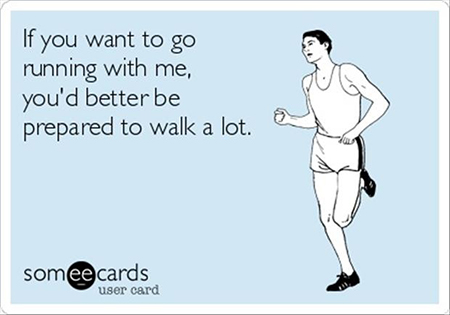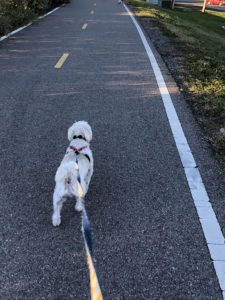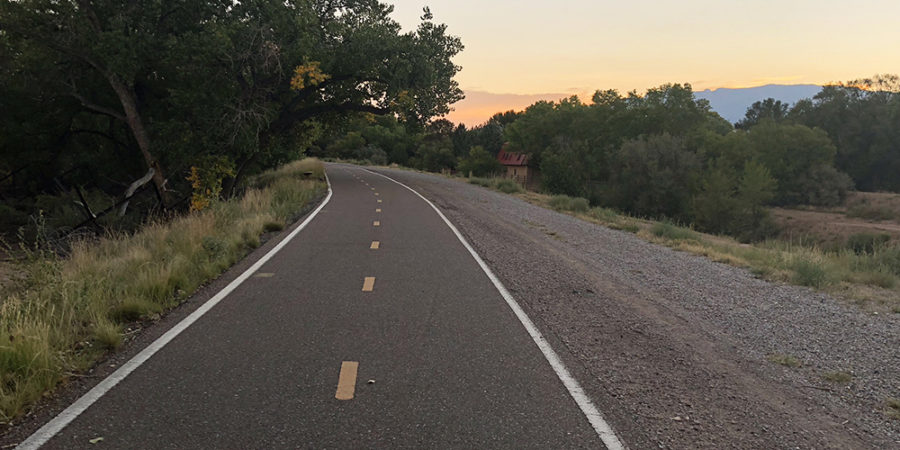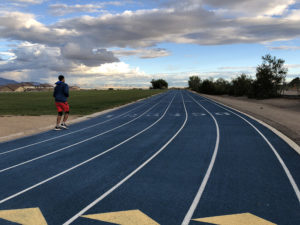Last updated on November 5th, 2018
“The miracle isn’t that I finished. The miracle is that I had the courage to start.” – John Bingham
Sure, I enjoy tennis, walking, hiking, swimming and as recently as two years ago, during my last adventure in mid-life-crisis-ing, roller derby.
However, none of those activities involved running. Roller derby may have come close, endurance-wise but even then, I had wheels strapped to my feet, and it was easy1.
Many wise and experienced runners admonish newbies to “start slow and work your way into the sport so you don’t burn out” so of course, I jumped in head first with the intent of training for a half-marathon. Clearly, I am neither wise or experienced.
The TL;DR version of the outcome is a couple of groin pulls later I ended up painfully slogging my way through a 2-hour 10K, finishing second-to-last-place, gasping for air, grateful I finished, period.

While the meme above is ‘haha-funny’, I was very adamant about not walking my way through a 10K run, and very slowly jogged (I won’t even call it running) a 15 – 17 minute mile through most of the course.
My Lessons Learned throughout this endeavor (your mileage may vary):
- Stretching is important, not just how but when
- Foam rollers and tennis balls are important and necessary
- Never bring up running on a treadmill (and how much you enjoy it) to lifelong marathon runners
- Running alone is creepy – sometimes even inside a gym, on a treadmill…
- Running is not a form of punishment2 and never should be
- Quality of socks is as important as quality of shoes
- It takes time to see results – a long time. A very long time.
- If you strain or pull something, cross-train until it heals – don’t tough it out through a run and Advil.
- Team up with a buddy or join a club (such as C25K)
- Use music piped in through headphones as a motivational tool if you need to
So is that it? Have I ‘retired’ from running? Given that I’m not one to back down from any challenge – the easy answer is no.
There is a harder answer: I have some obstacles to overcome. Besides my overzealous ambition – which I have learned to temper, I have true physical limitations I need to acknowledge and work with.
I have something called chronic pulmonary emboli3 and while that sounds serious for someone who wishes to be active, it’s a condition I’ve had for some time. However, there is little literature or information on how to manage this condition outside of a strictly clinical scenario, in someone relatively young – who wants to exercise and be healthy.
While I am fortunate enough to have a primary care physician who seems to care about my well-being, he, like many providers, specialists and other clinicians take a rather binary approach when it comes to this type of condition and it is: Do you have symptoms? If yes, go to ER, if no, don’t worry about it. And a symptom could be anything from a cough, to a strange twinge to a calf pain.
Have you ever run? Ever experience ‘track hack’? Muscle pulls? Strains? Therein lies the challenge. There is no middle ground. There is no “walk it off” or wait for it to pass. The truth of the matter is, I am out of shape and I will be out of breath until I reach a level of physical fitness where I can run without stopping – if possible. However, that doesn’t ease a lifetime worth of anxiety.
After doing research on various types of rehabilitative physical fitness programs, I’ve found a potential solution: exercise physiology laboratory sciences. Typically, these workups are done either to measure elite athletic performance abilities such as muscle strength capacity and V02 Max, or to give rehabilitation therapists a place to start with post-surgical patients.
I am hopeful that this will give me a baseline with which to start – or restart my physical fitness workouts, and let me know what my limitations are. For example: in a healthy adult, conventional wisdom states that maximum heart rate is 220 BPM minus age. What is it for someone in “suboptimal” but not “critical” health? I would imagine that is as unique as the individual and their condition.
I’ve tried to broach this subject with my medical professionals over the past year and have heard everything from, “why don’t you try walking instead?“, to “you know, running is really hard!“. Yawn to the former, and ‘No Shit Sherlock!’ to the latter.
I think the most important lesson to follow, that I’ll always adhere to – that everyone else should as well – is: listen to your body.

If at the end of the day, the stress test and the V02 Max results say that I am not physically fit enough to exercise to this degree, I’ll stick with walking. It’s funny. I started this journey hating every run – wishing I had better discipline. Now I’m afraid I won’t be able to run, because I learned to love it so much…
1. I say that very loosely. The skating itself was easy. The strength training involved other forms of insanity, but not the soul crushing endurance training that is running.
2. Years ago, teachers punished students with running laps, rather than bad grades. I learned to loathe running in my formative years due to this practice.
3. This is due larger issue, having to do with a blood clotting disorder. However, this is stable, according to the last diagnostic exam performed.


